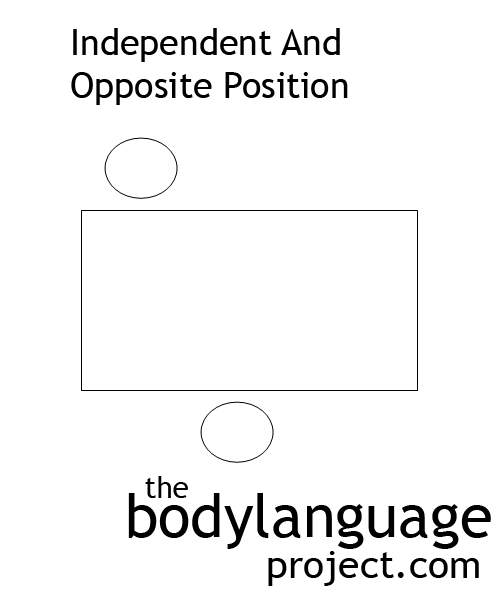Regulators, regulate speech and control turn taking. Literally we can increase or decrease the amount of talking that happens with simple body language. For example, to increase speaking add more nodding. When people stop and you wish for them to continue simply nod your head, and, more often than not, this will encourage them to begin speaking again. The use of “mhums” and “yeses” will have the same effect. To speed speech up, or end a conversation altogether, send frequent looks away or down to your watch.
Too much nodding, on the other hand, shows indifference which can be a useful tactic depending on the speaker and your intent. Three nods in quick succession shows that you are ready to speak yourself and has the net effect of increasing their rate of speech to avoid being cut off. Drawing in air and parting the lips while tilting the head back slightly also gives the impression that someone is prepared to speak, as does patting the mouth with two fingers. Looking at your watch or looking to the doorway will make people talk less or if done excessively stop altogether.
Try this experiment. As your conversation begins nod your head every few seconds or as you see agreement. Next, increase the rate at which you nod your heard regardless of any agreement. What happens when you increase your nod frequencies? Most likely, up to about two to three continuous nods, they will become more excited believing they are building rapport. What if you nod continuously? I suspect it will stop the conversation altogether. Recall that three quick nods means that you wish to interject, while continuous nodding comes across as feigned agreement sending the conversation into a standstill. What happens with appropriate nodding absent of proper eye contact? This signals to others that their conversation is falling on deaf ears, and will be taken as an insult. The same goes with random nodding that has lost synchrony with speech. Telephone conversations easily fall off their rails if one party becomes preoccupied with another task. We immediately sense that their regulators have become unlinked from the conversation and when it comes time for them to speak, we hear nothing in return, or there is a delay. Not surprisingly, we find that the person on the other end is watching television – an obvious insult.
When people near the end of their though, and wish for their partner to speak, they will often lower their volume and slow their voice down slightly. Other times, the final syllable will be drawn out or gesturing with the hands will become less frequent or stop altogether. The eyes too are often lowered along with the head but at the very last moment eye contact will resume indicating that it’s time for the other person to begin speaking.
Raising the index finger can also signal a desire to speak which we learn early on in grade school which is normally accompanied by a sharp and deep intake of air. To stifle the “index finger interjector”, extend your hand across and make light contact with their forearm. This is a polite nonverbal way to show that you acknowledge their desire to speak, but that you haven’t quite concluded your point. If you sincerely wish to communicate interest and increase speaking, add a slight head tilt and a half frown or half-smile. This shows the speaker that what they have said is unclear but that you otherwise find it fascinating and wish to learn more.
Good communicators will make great partners amongst all types of speakers, even those that seem to carry on endlessly or those with little to say. They will have a strong arsenal of tools to cut one set of speaker off nonverbally, or as the case may be, encourage them to speak further. While we may take regulators for granted, conversations would be awkward and disjointed without them. Experiment a little for yourself and see how you can modify behaviour with regulators to suite your needs.


